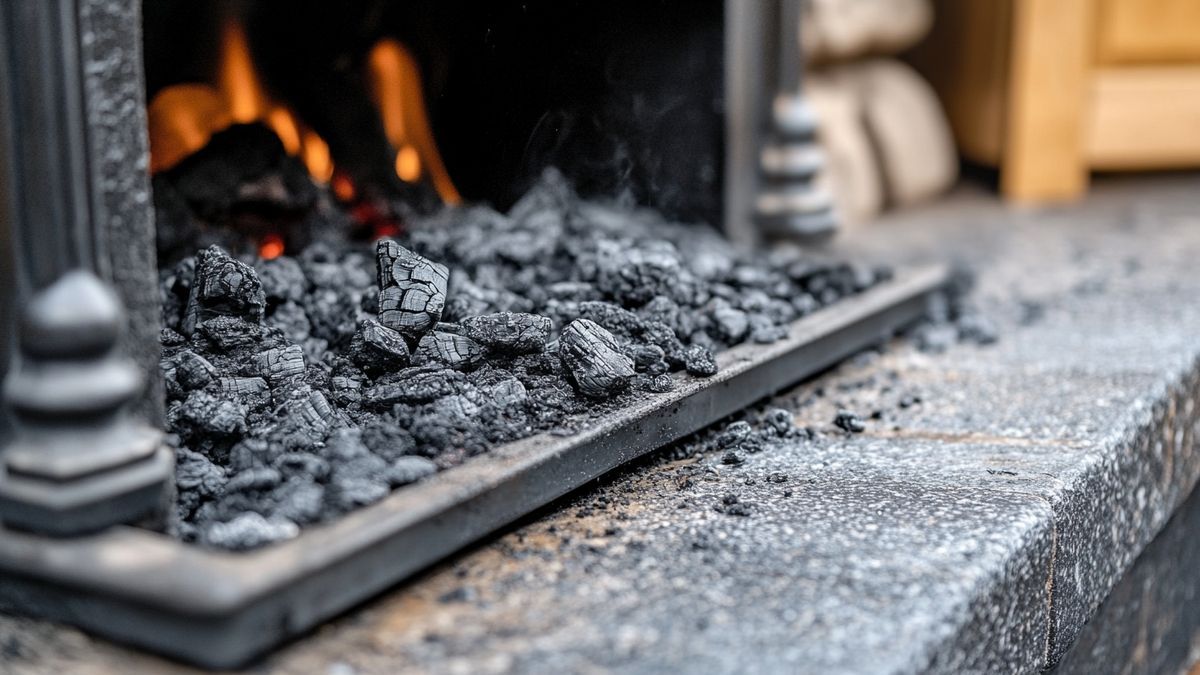L’hearth, or fireplace, constitutes a central element of interior architecture, representing both a place of warmth and conviviality. A symbol of domestic comfort, it is intimately linked to the history of human habitat, evolving over the centuries. Understanding the importance of this element requires an exploration of its history, its functioning, as well as the different modern conceptions attributed to it.
History of the hearth
Ancient origins
The first hearths date back to ancient times, where they were often built of stone. Located in the center of homes, they played a fundamental role in daily life, serving for cooking food as well as providing heat. In fact, the chimneys were rudimentary and open, allowing perfect circulation of smoke outside, while lighting the room.
Evolution over the centuries
With time, the chimneys have undergone notable transformations. From the Middle Ages, their design became more complex, integrating decorative elements such as counters and platforms. These renovations allowed for greater efficiency in wood combustion and a more elegant design. At Age of Enlightenment, fireplaces became true works of art, reflecting the social status of their owners.
How a hearth works

Structure and components
A hearth Typical consists of several key elements, including the hearth, the flue, as well as the materials surrounding it. The hearth is the area where the fire is lit, while the flue allows the smoke to escape. The masonry base ensures the stability of the whole and supports the mass of the chimney. This structure is essential to guarantee efficient and safe combustion.
Principle of operation
The operation of a hearth relies on a difference in air pressure. By lighting a fire, hot air rises, creating a draft between the interior and exterior. This phenomenon causes the smoke to escape and allows combustion to function properly. This mechanics is similar to that observed in modern heating systems, whether for a wood stove or a pellet stove.
Modern fireplaces
Contemporary design
With the advent of new materials and technologies, today’s fireplaces come in various shapes and styles. THE inserts fireplaces, for example, allow the use of more efficient fuels, while improving energy efficiency. Several options exist to adapt to users’ aesthetic and functional preferences. Choosing a suitable insert is essential to maximize the heat produced while minimizing energy loss. To learn more about selecting the right insert, check out this article: choose the fireplace insert.
Advantages and disadvantages of current options
Modern fireplaces have many advantages: they are often more efficient, release fewer pollutants and require less maintenance. However, some designs may lack charm, compared to traditional fireplaces. There are also regulatory concerns, particularly regarding polluting emissions. These elements must be taken into account when evaluating an installation to ensure craftsmanship and respect for the environment.
Maintaining a fireplace

Regular maintenance
The durability and safety of a hearth depend on regular maintenance. This includes cleaning soot and ash residue. Effective maintenance will not only ensure better operation, but also increased safety. For practical maintenance tips, follow this link: maintenance of a fireplace hearth.
Ash storage
Another dimension of maintenance concerns the storage of ashes resulting from combustion. If stored incorrectly, they can cause inconvenience and risk of fire. To remedy this, there are specific methods for secure storage. Learn more about storage options here: method of storing ashes.
Through the history and evolution of hearths and chimneys, it is clear that they remain at the heart of the home. By adopting proper maintenance practices and exploring modern options, it is possible to benefit from a warm, aesthetic and environmentally friendly space.



